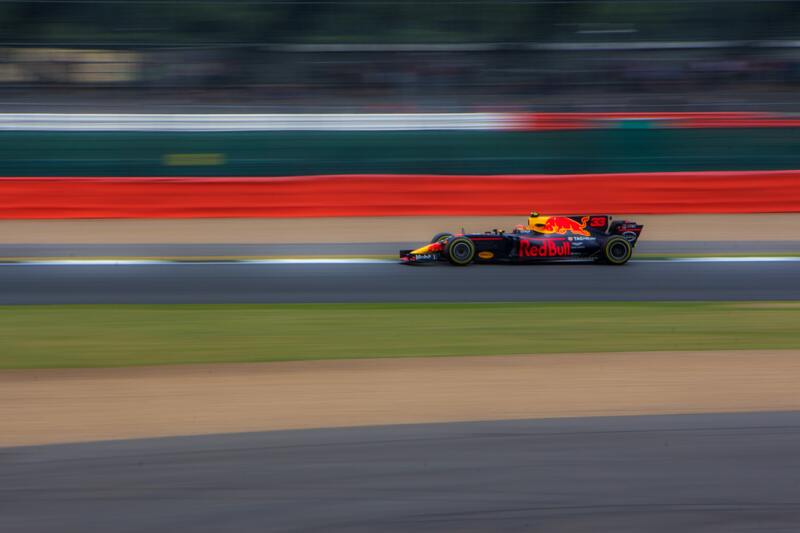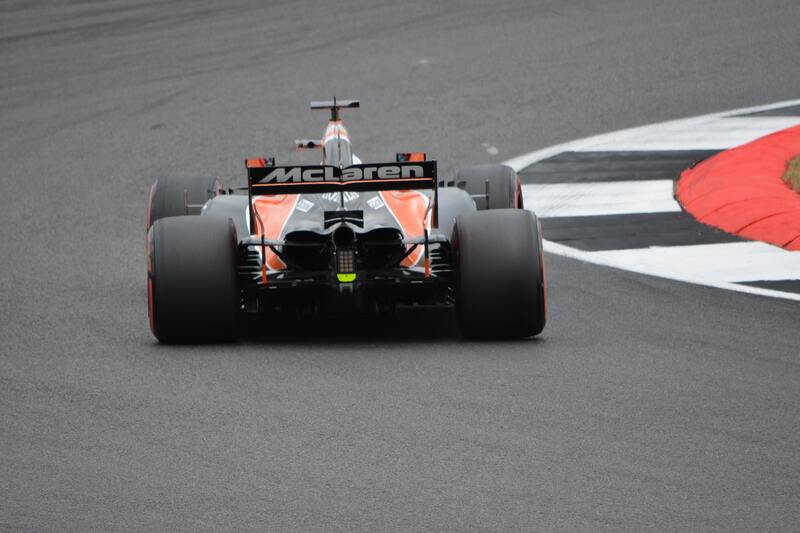New Cost Cap Laws in F1
Formula 1 has always been rife with inequality, but it seems that Liberty Media and the FIA are ultimately prepared to strike a balance with the 2021 F1 charge cap and development limitations. In light of job cuts and pay cuts at several clubs, F1 ratified a number of new initiatives this week that are meant to level the playing field.
The new regulations, which were intended to create more raceable cars and well-matched teams, were the first step in Liberty’s reform of the game in 2021 and are now 2022.
With the exception of driver salaries and marketing costs, the initial F1 cost cap was set at$ 175 million, but due to the current state of the world economy, it has now been reduced to$ 145 million. The value cap will then be reduced to$ 140 million for the 2022 campaign and$ 136 million in 2023.

This is a significant step-change for F1, which has recently seen saving spiral out of control as Red Bull and Ferrari invest heavily in their vehicle in an effort to overtake Mercedes, the six-time champion.
The New Balance is calculated by equating the conflict.
The introduction of growth restrictions, which represent the first attempts within F1 to disadvantage the top teams, is another intriguing growth.
The team that finished last in the standings from the previous season will have more wind tunnel day under the new program than the team in seventh, allowing the victorious team to devote less time to development than their rivals.
Some fans, who think that the growth contest that occurs each winter is an essential component of the competition, view this attempt at balancing performance as going against the historical ethos of F1.

Although it is improbable that its advantages will include pleased all of the team, the effect that such a measure has on the field’s equivalent fight remains to be seen.
Mercedes, which was completely dominating between 2014 and 2016, was overtaken by Red Bull and Ferrari in the early stages of the turbo-hybrid time. Maria may worry that this narrowing benefits may be lost if their main rivals can invest more time in car development.
Similar to this, Ferrari has come under fire for its lack of effectiveness, with the Maranello-based team failing to win a championship since 2008 despite continuously being one of the best spenders.
Whatever the outcome, it is evident that Liberty and the FIA are committed to increasing the sport’s sustainability and equality moving ahead.
Who may gain from the fresh arrangement?
With both teams attempting to close the gap between the middle and the best three, Midfield teams like McLaren and Racing Point are likely to be the big victors from the modifications. While Racing Point is excited about the potential of a new relationship with Aston Martin, McLaren has an outstanding heritage and appears to have successfully reorganized after undergoing some difficult years.
However, neither team has recently been able to compete with Mercedes or Ferrari in terms of sizing or purchase, so they are then hoping that their level of spending and development can be reached. The effectiveness of their operations will now be the main priority, and it will be interesting to see how the independently funded clubs that have traditionally received little funding can compete with the established giants.
Nevertheless, these actions show an intriguing shift in the sport’s strategy and a dedication to making the playing area more level. A game is under increasing pressure to consider itself to be pleasure, and F1 will now see itself as competing with Netflix and Disney + just as much as it does with other activities. In that regard, it makes perfect sense to play a game that is more economically just and has more competitive teams and drivers.
They now need to demonstrate that these steps will truly be effective in real-world situations.




